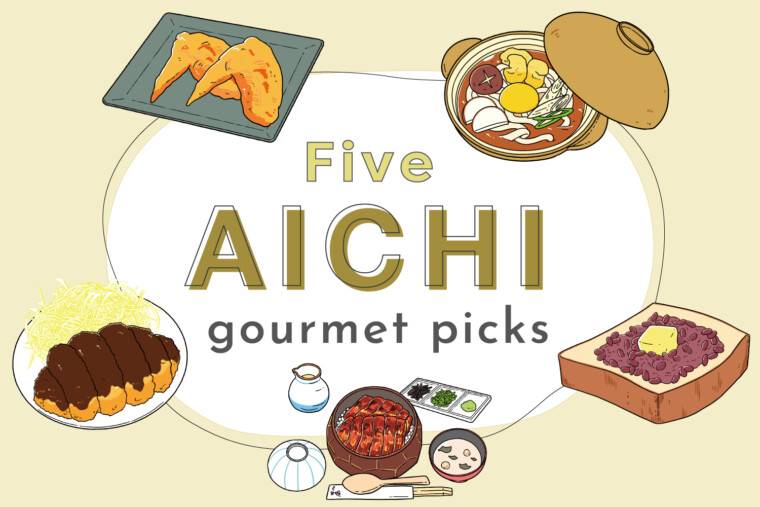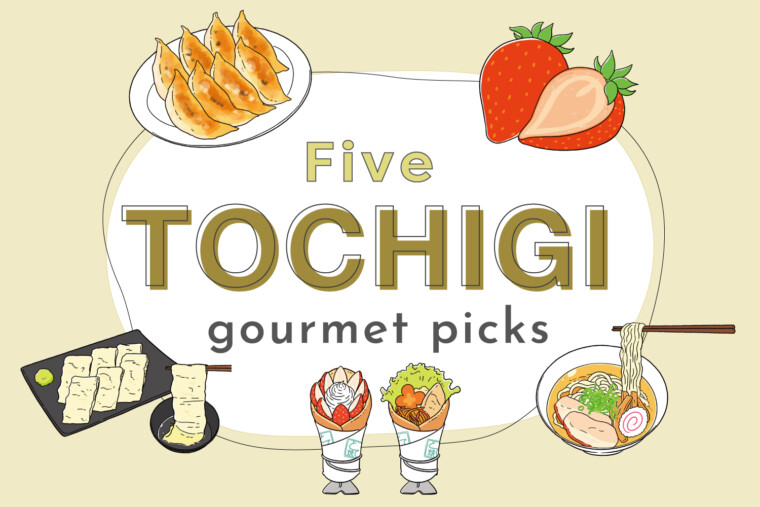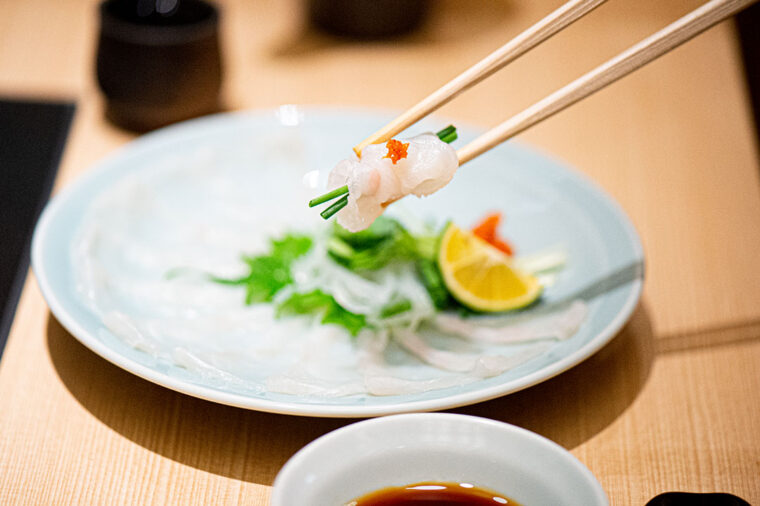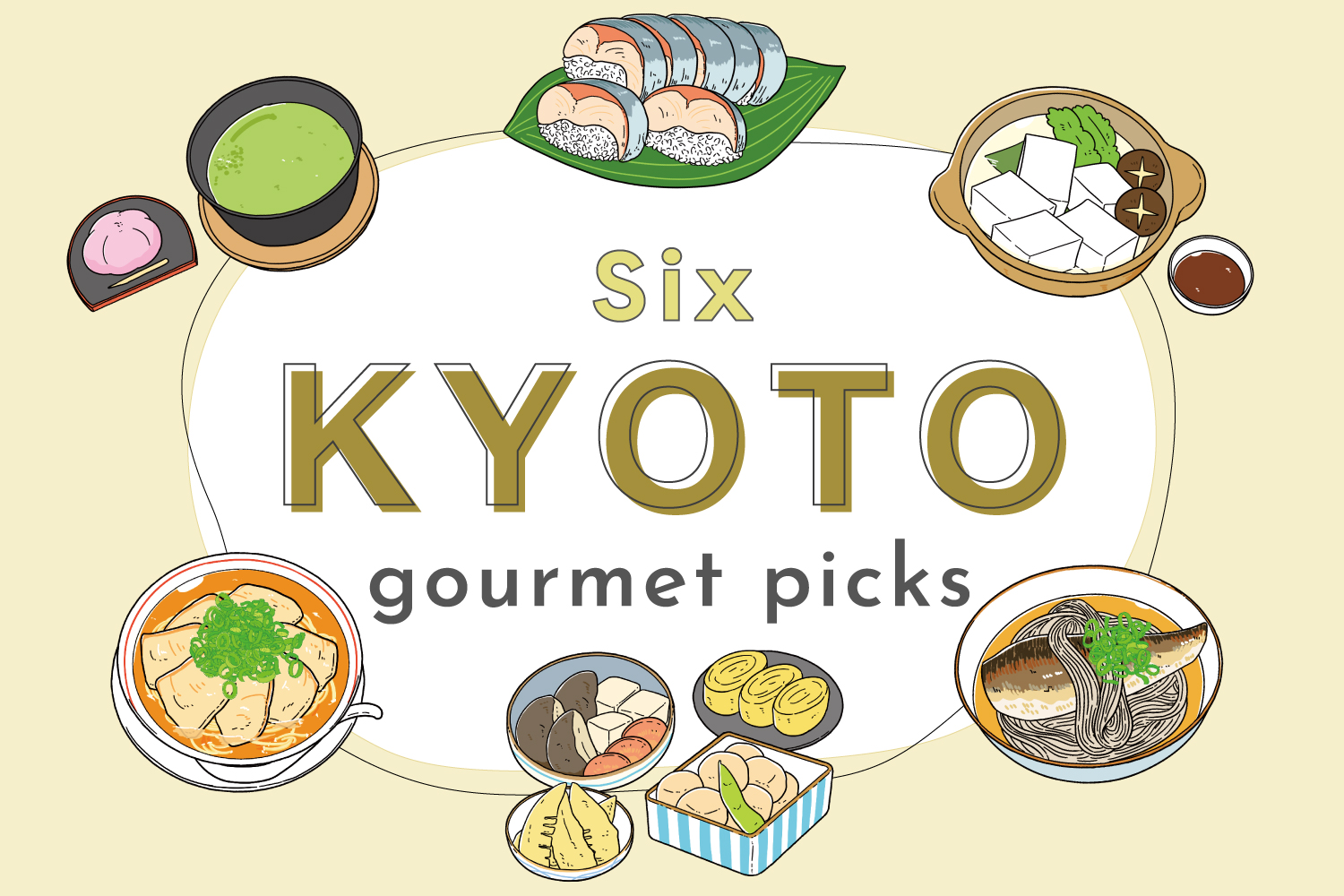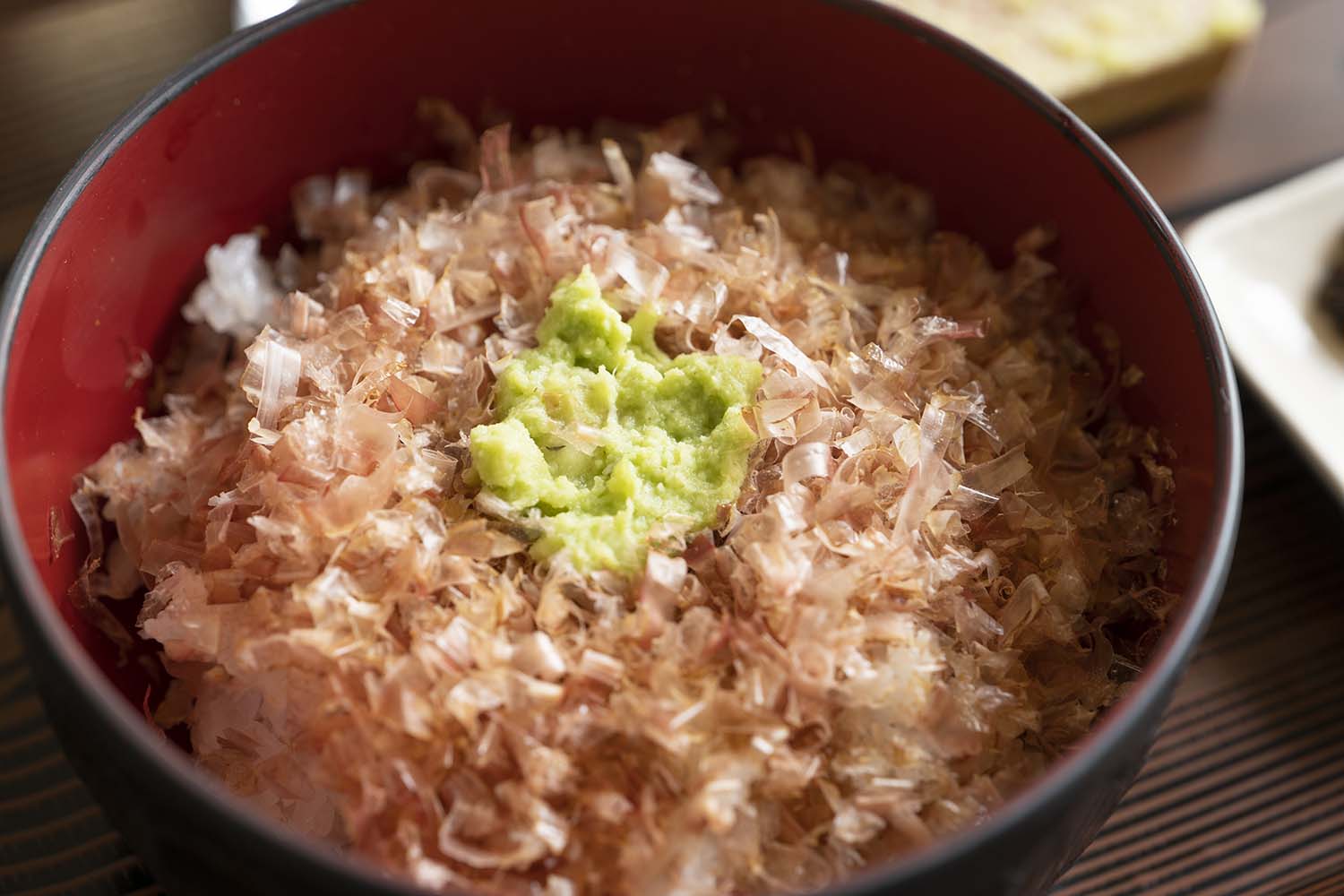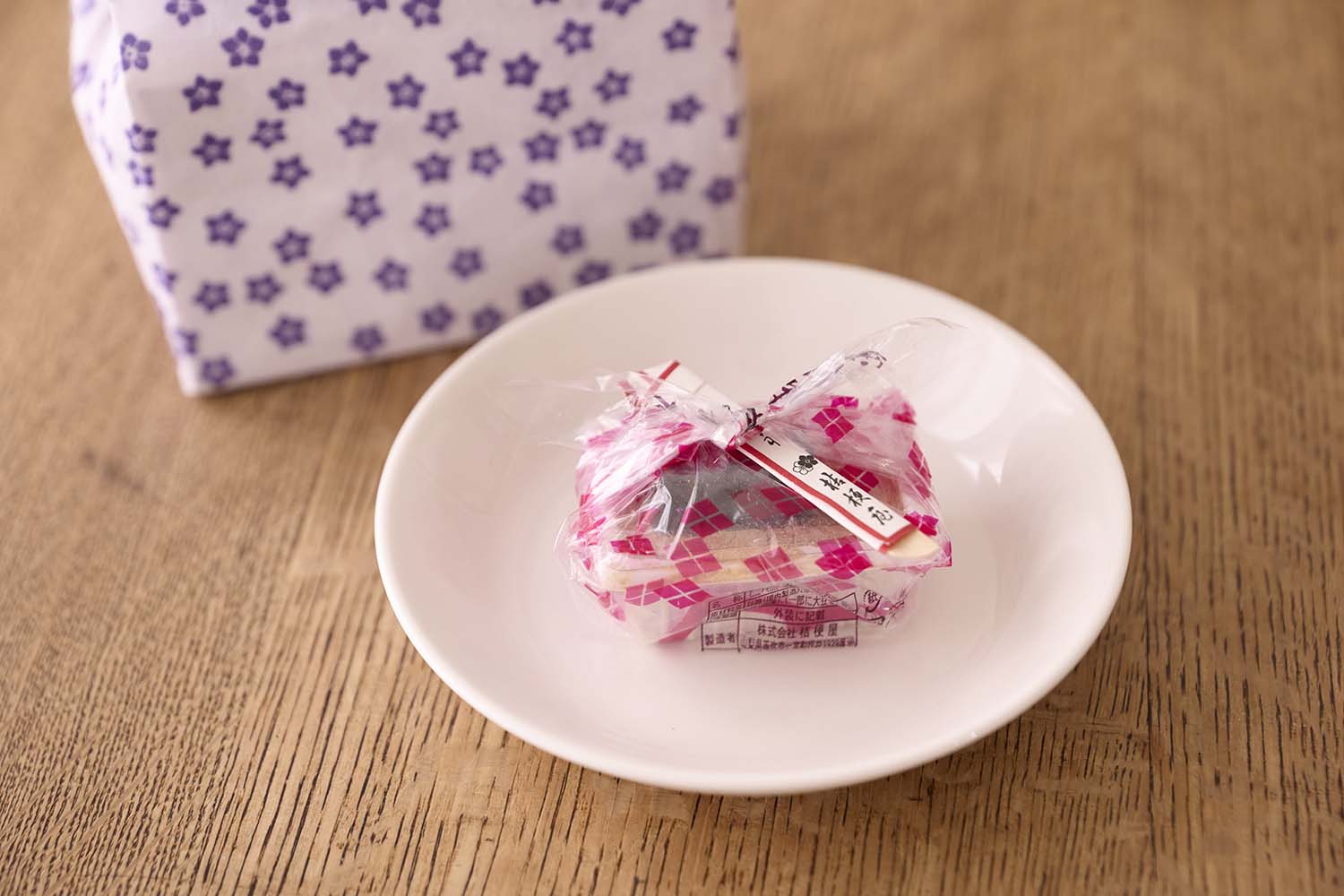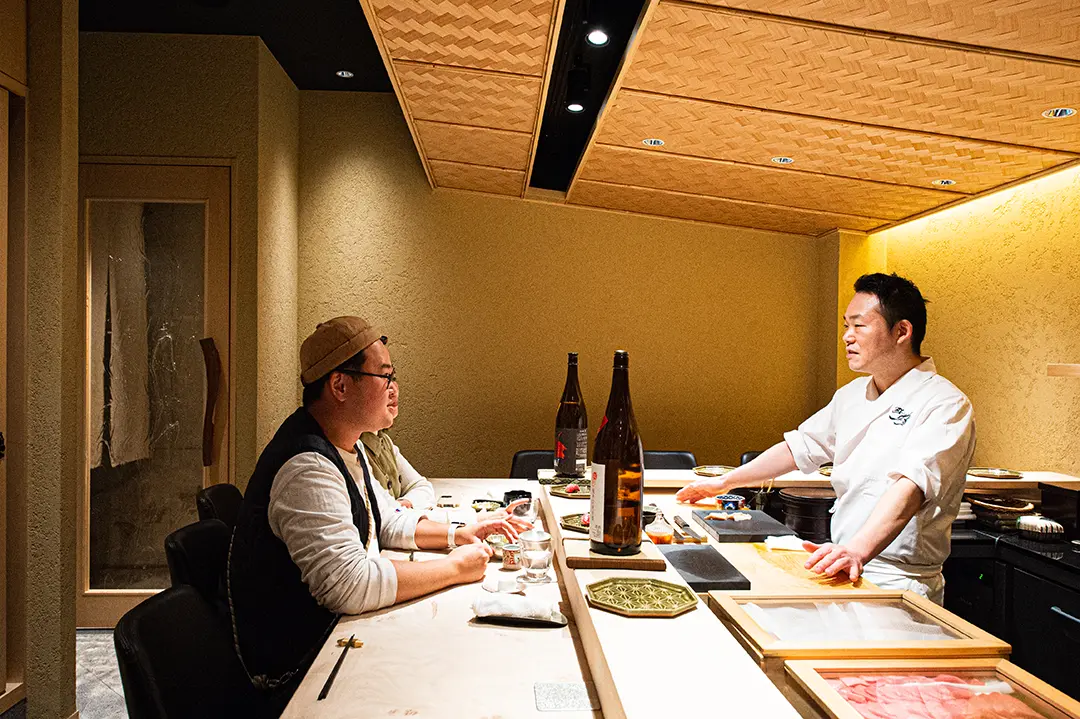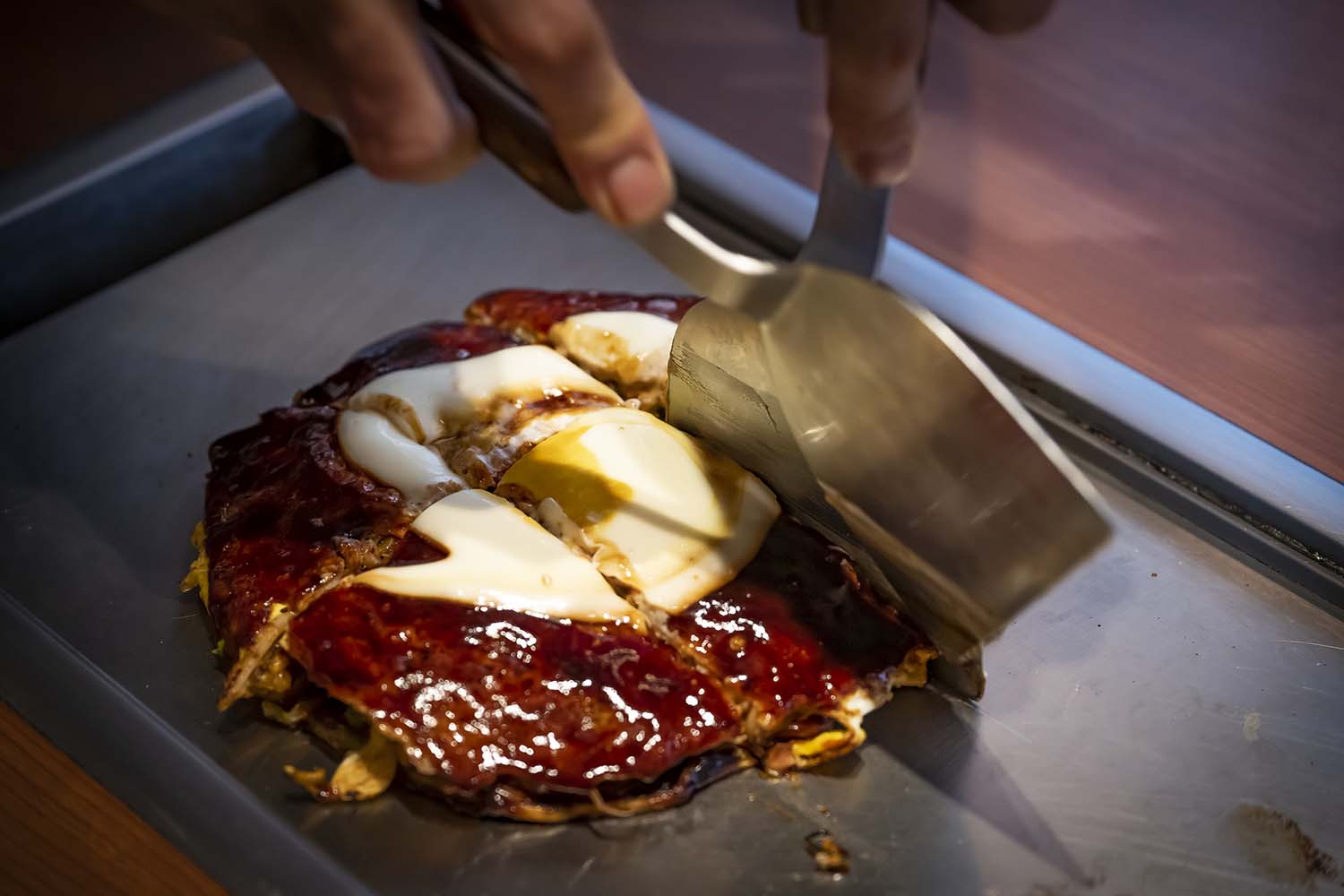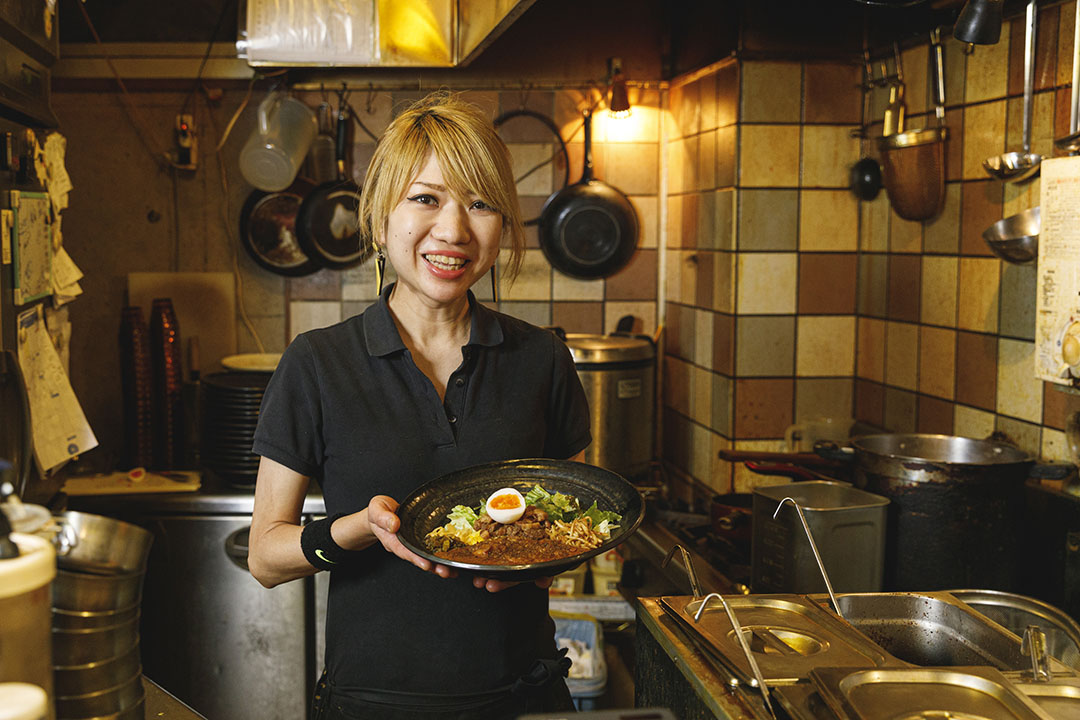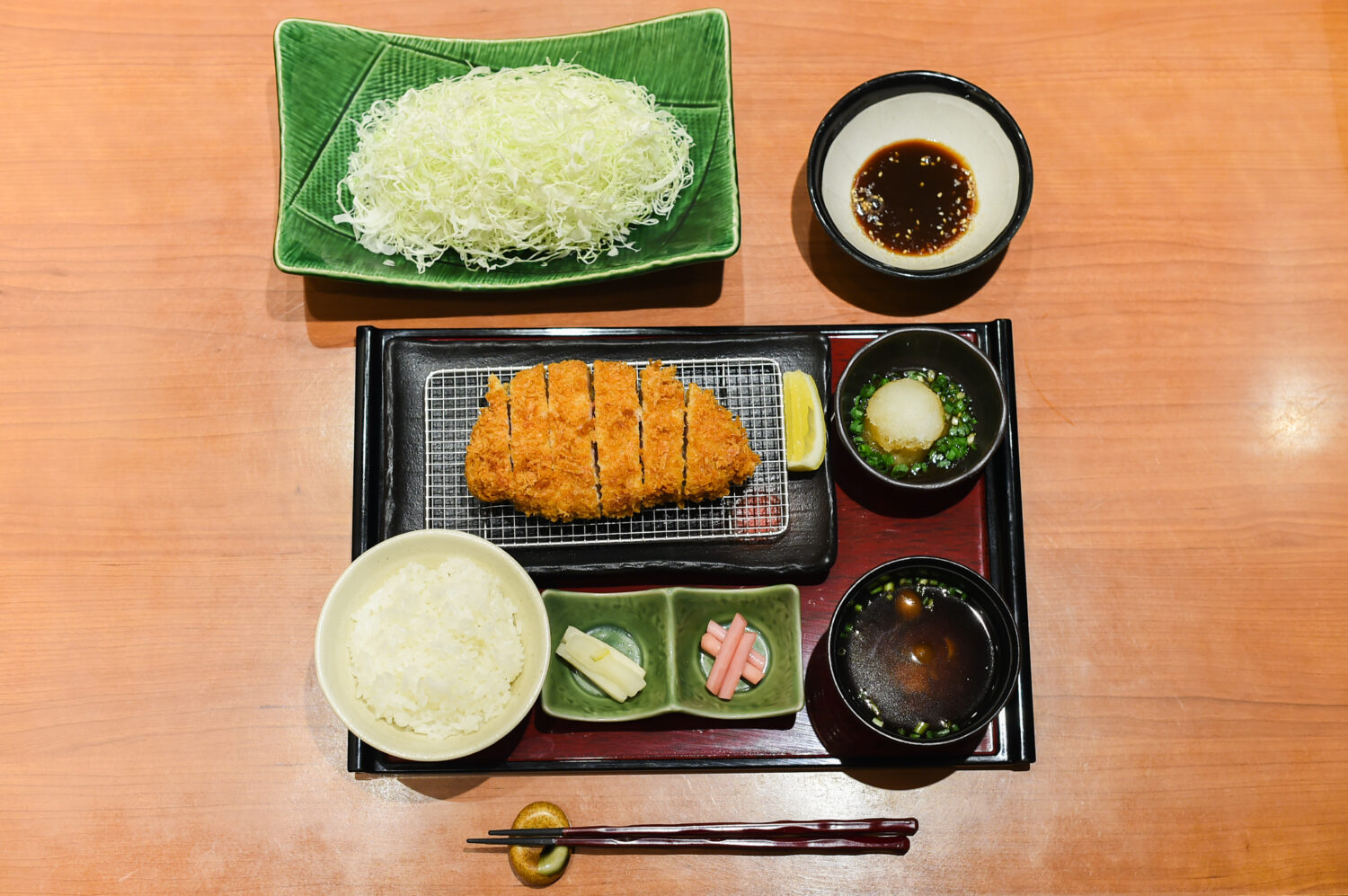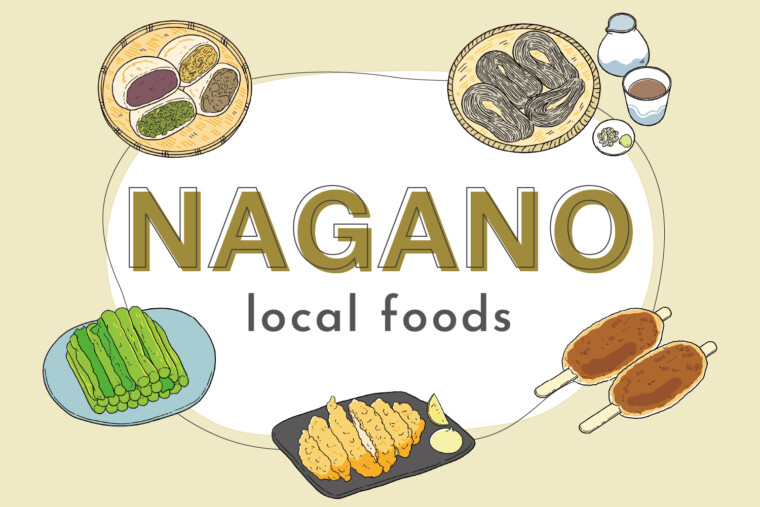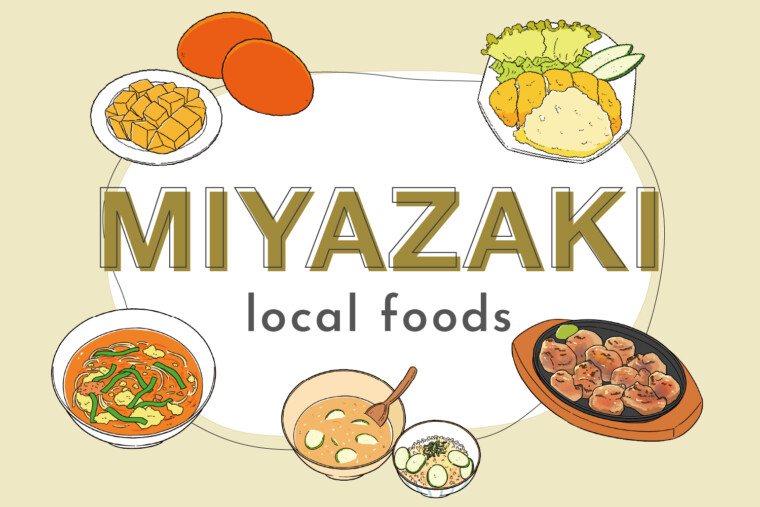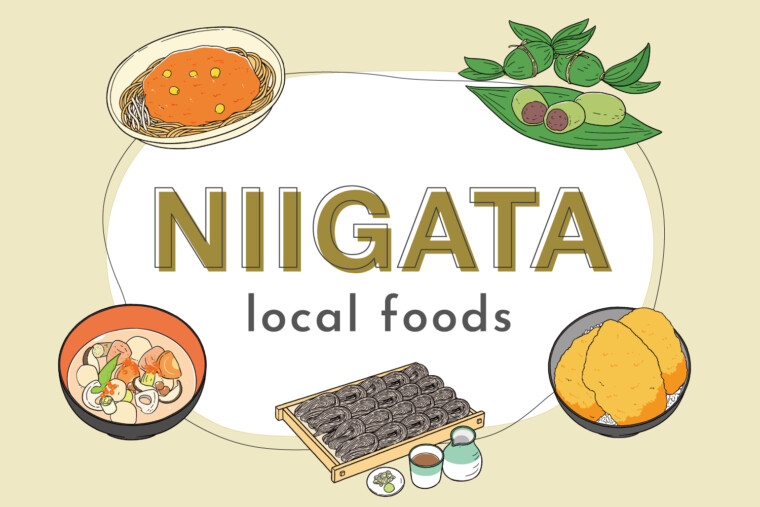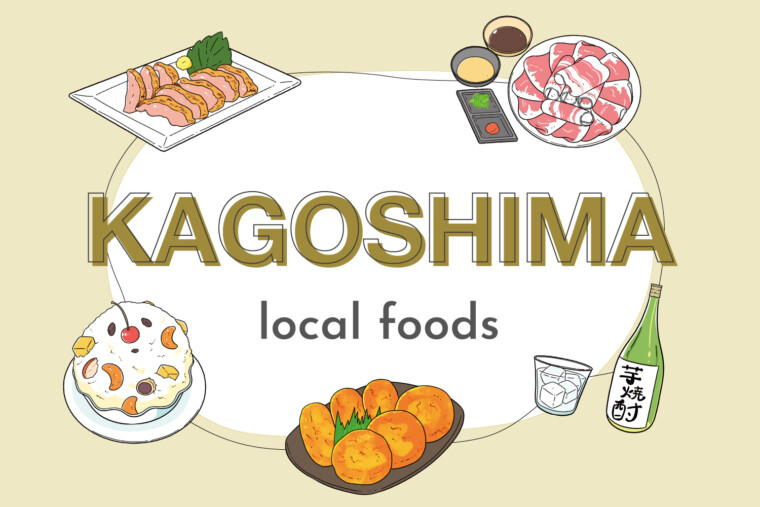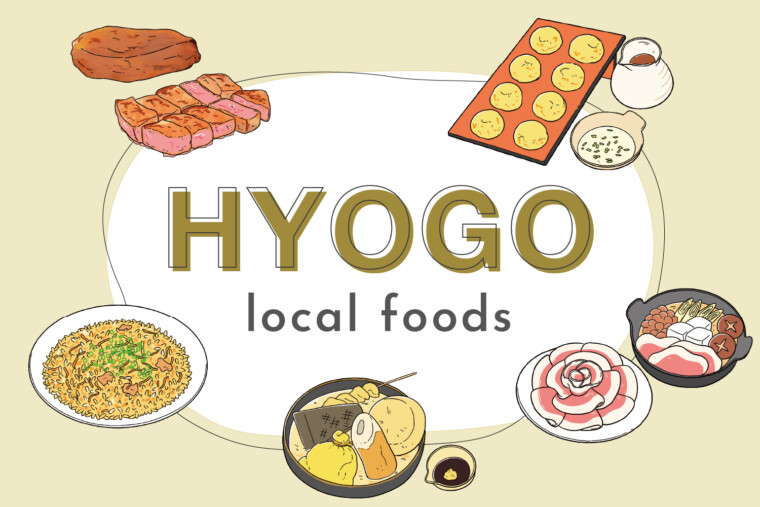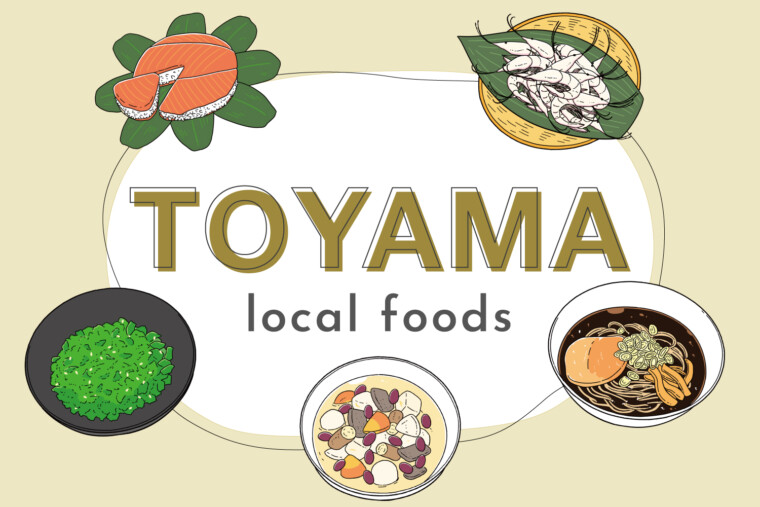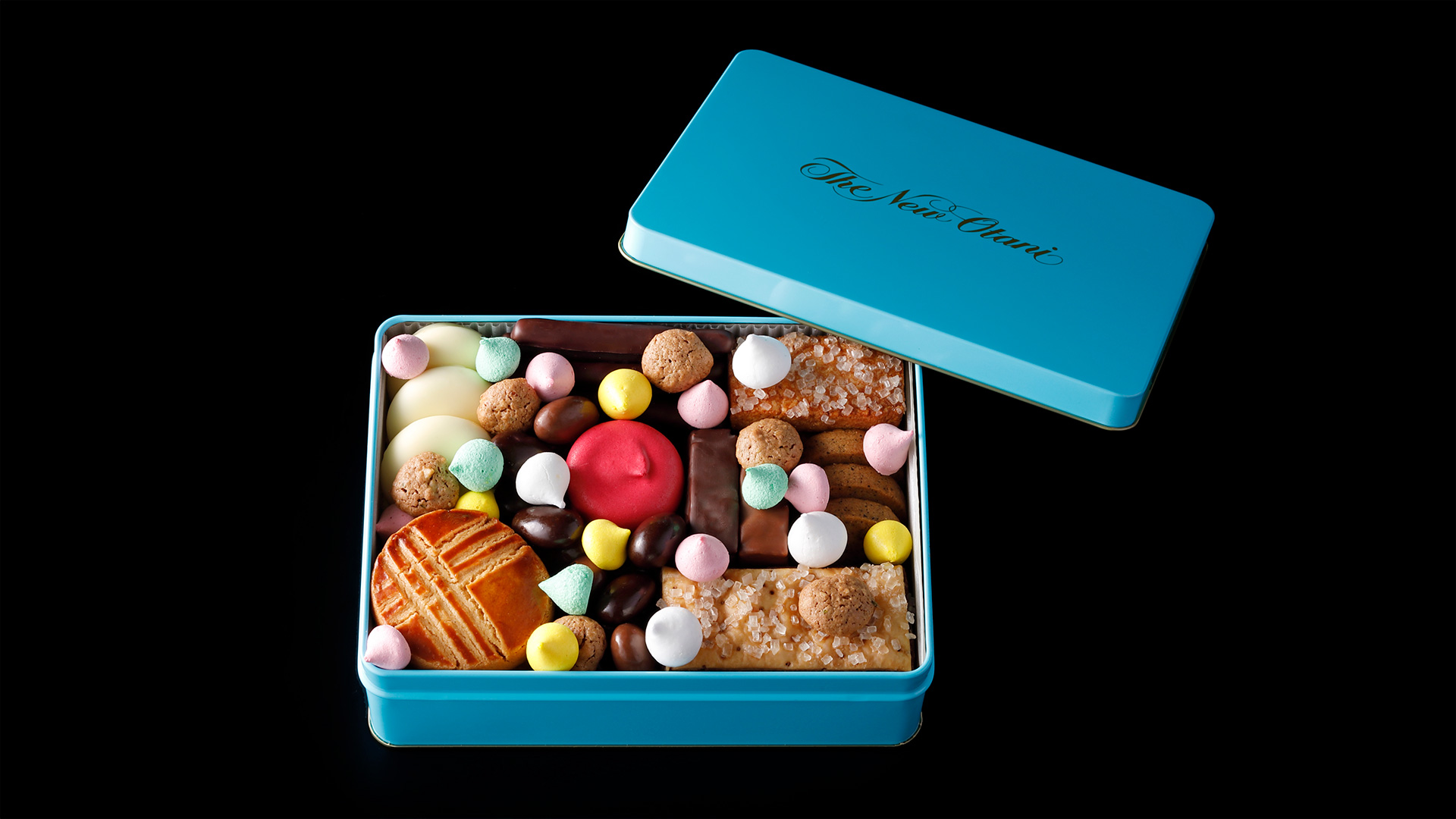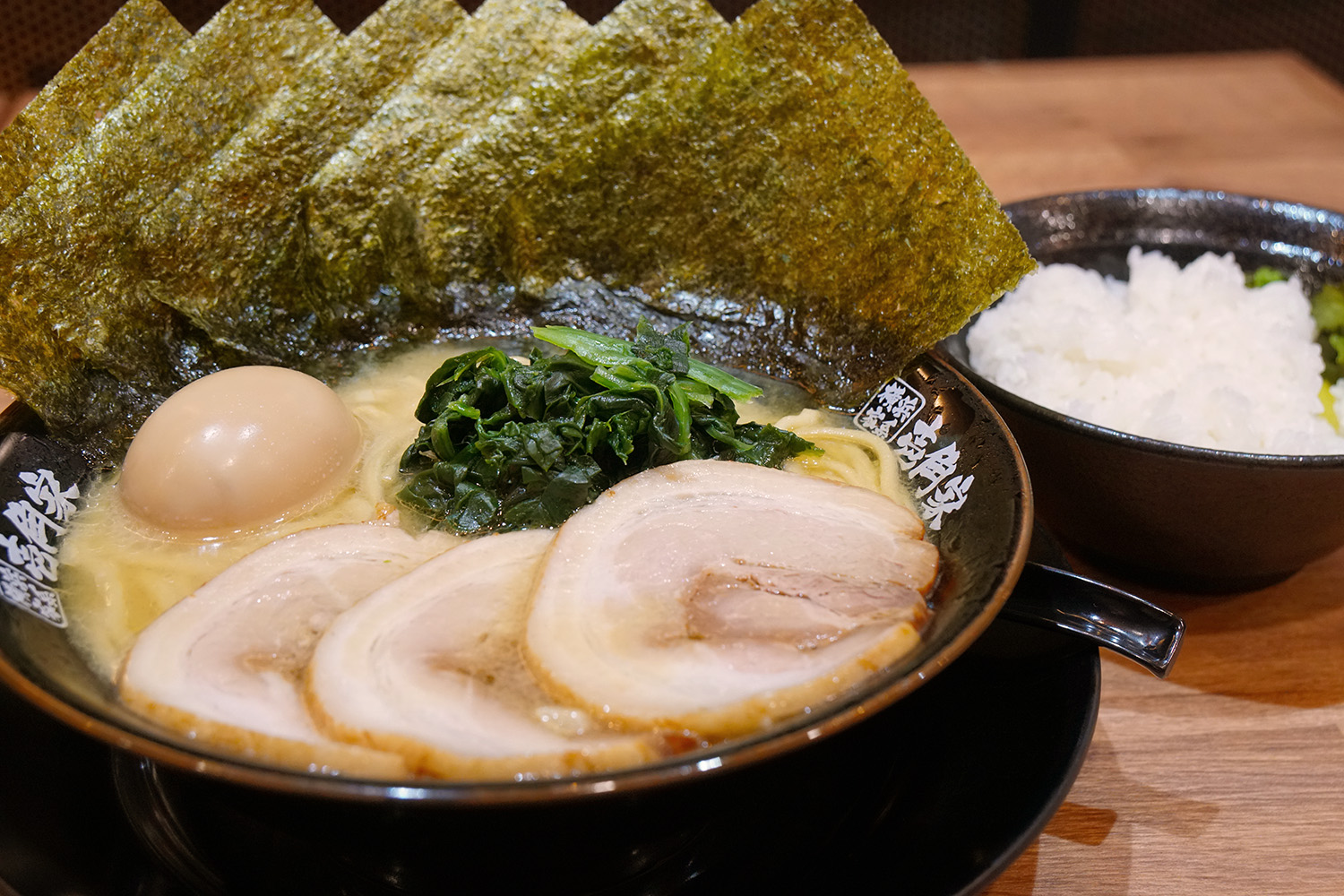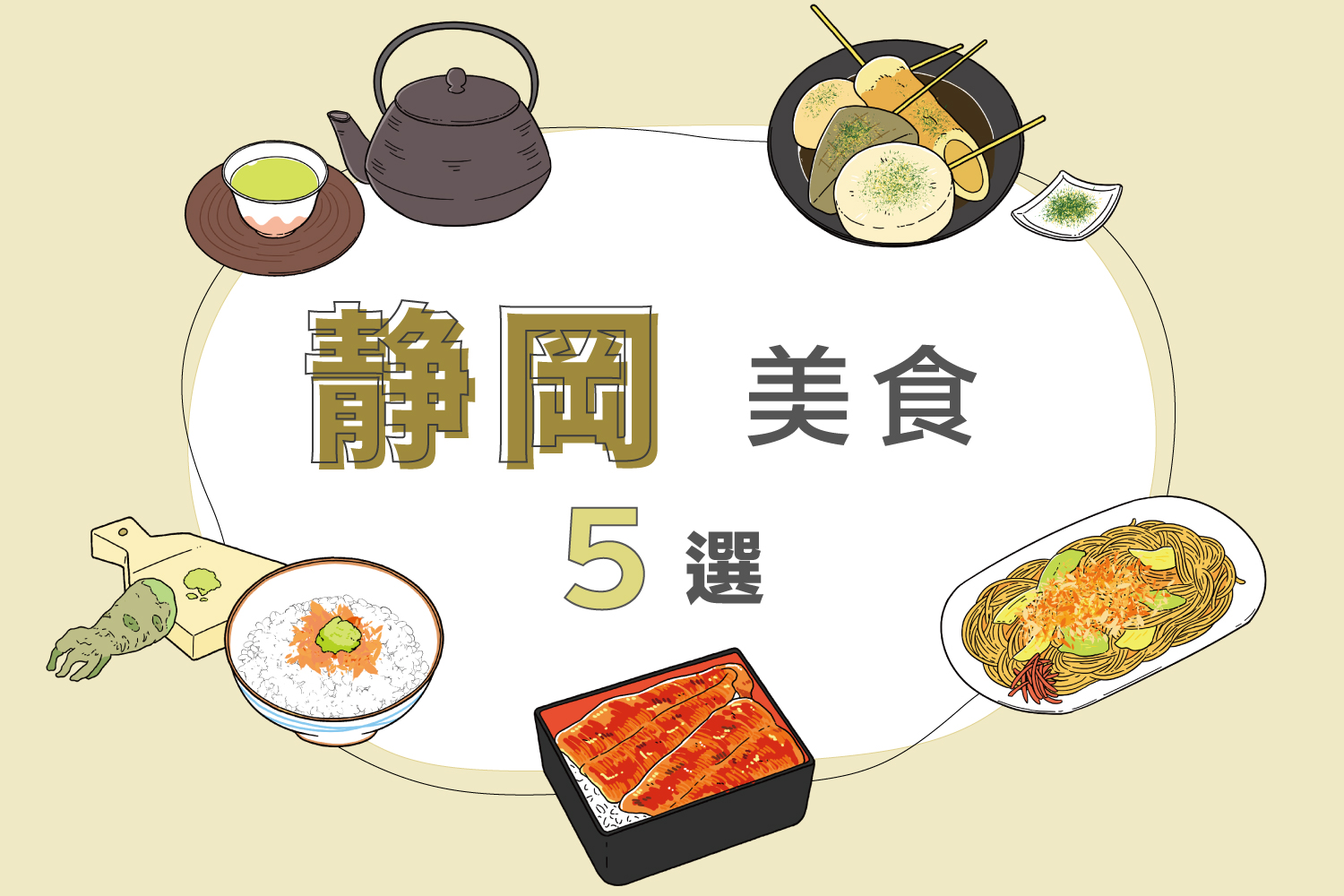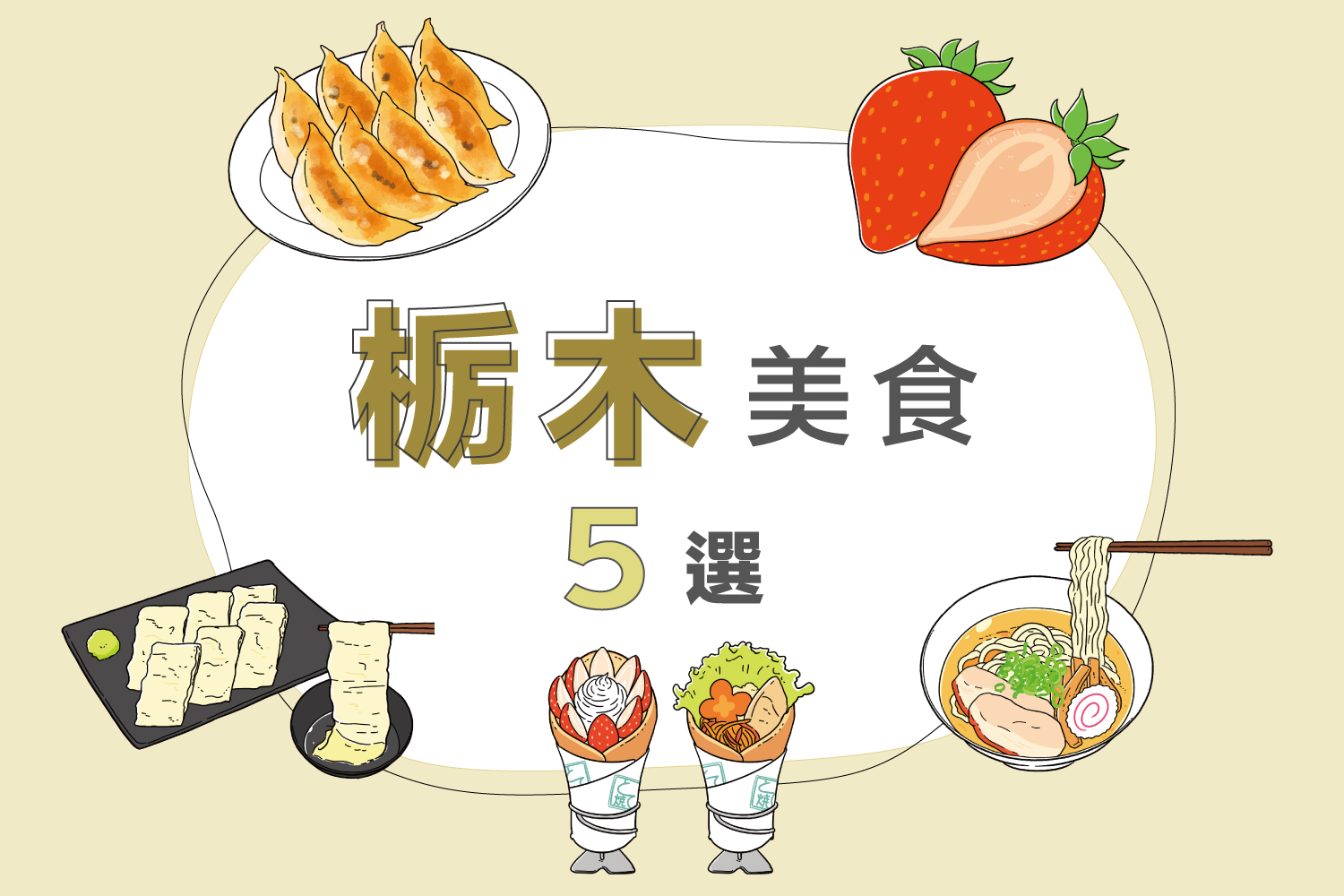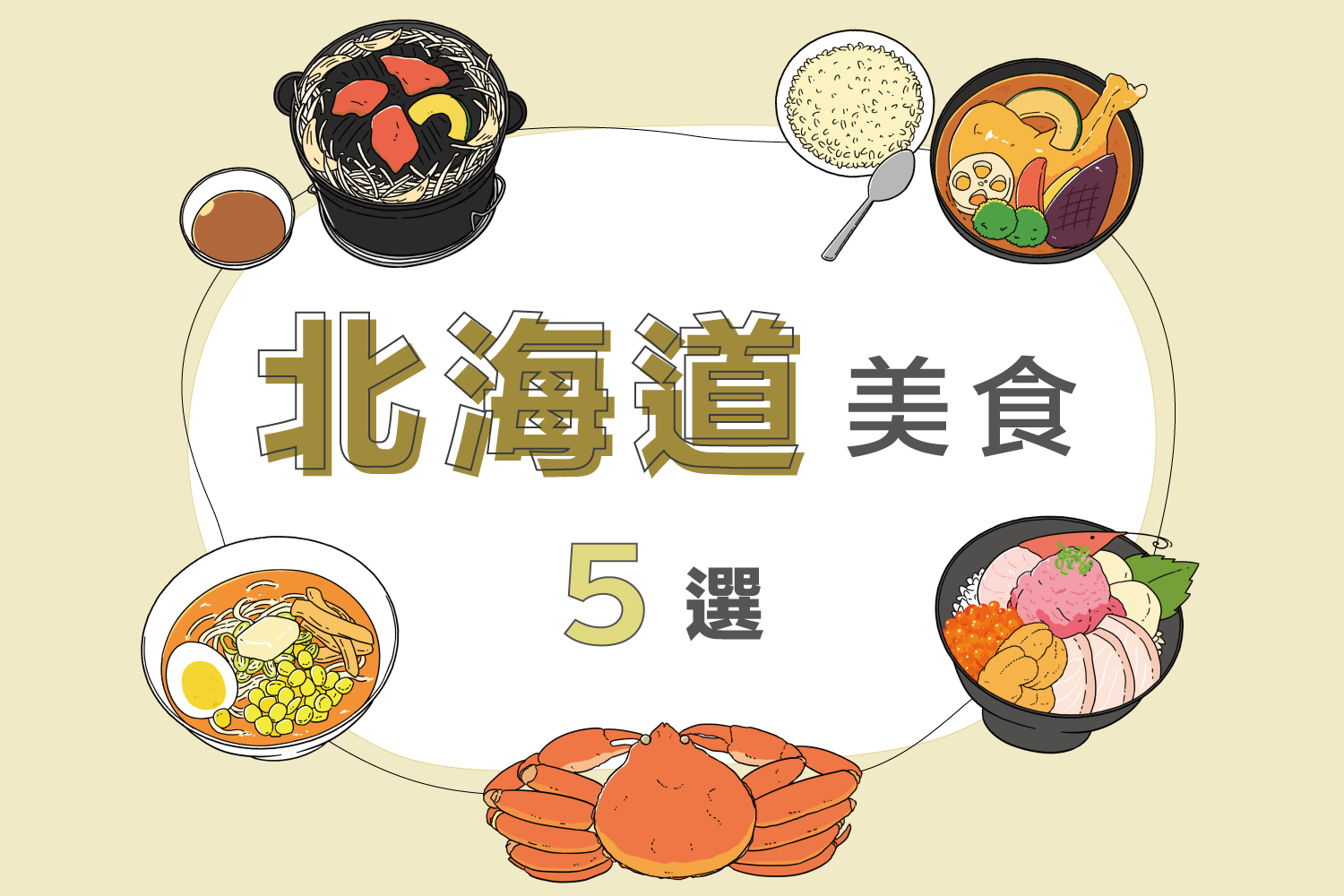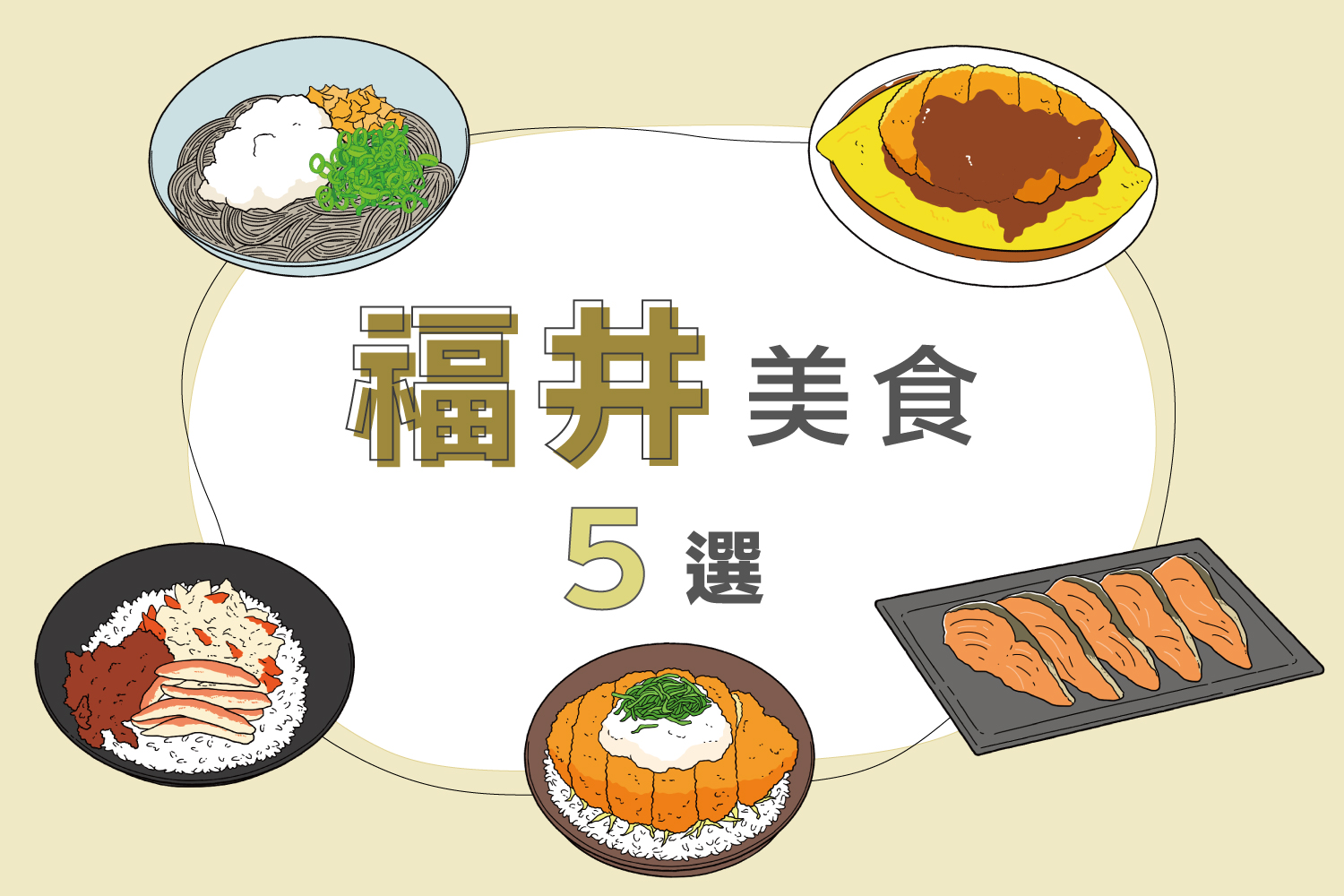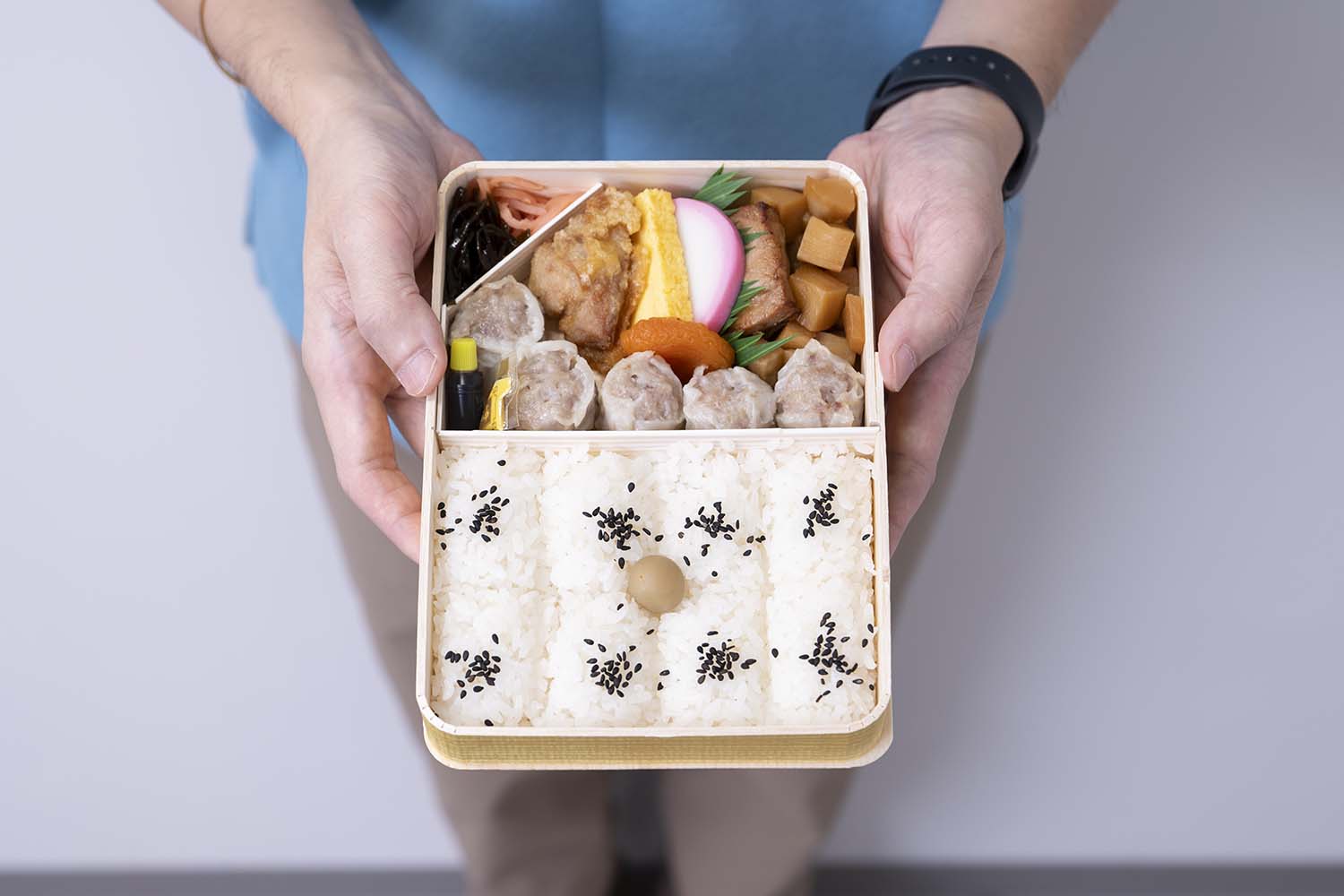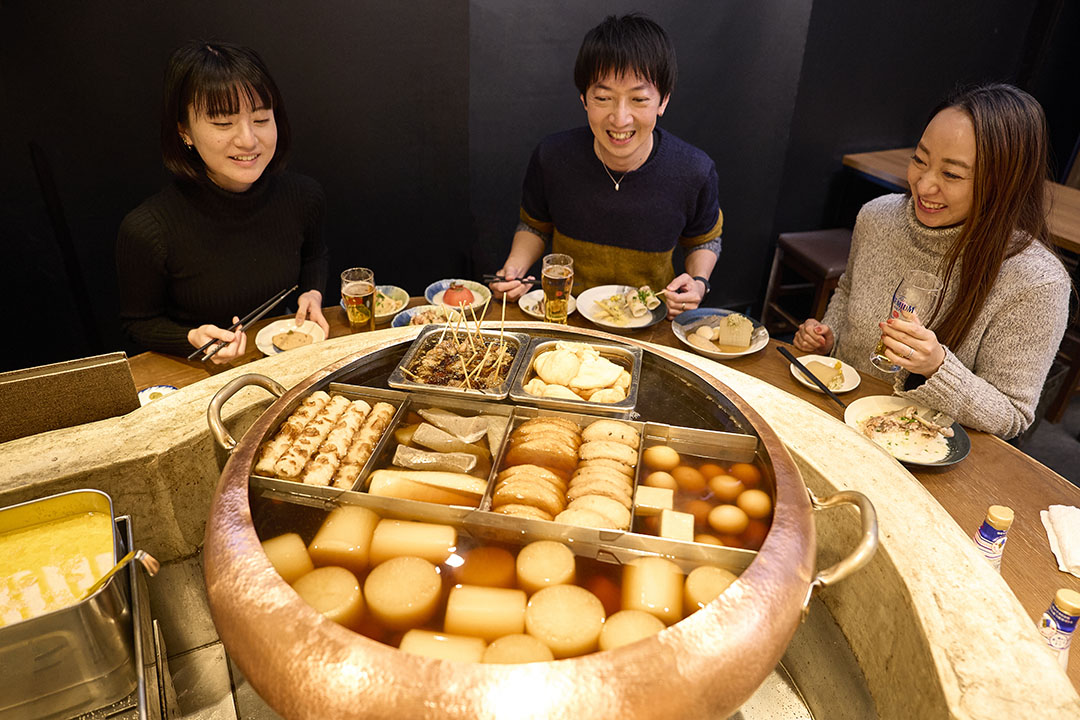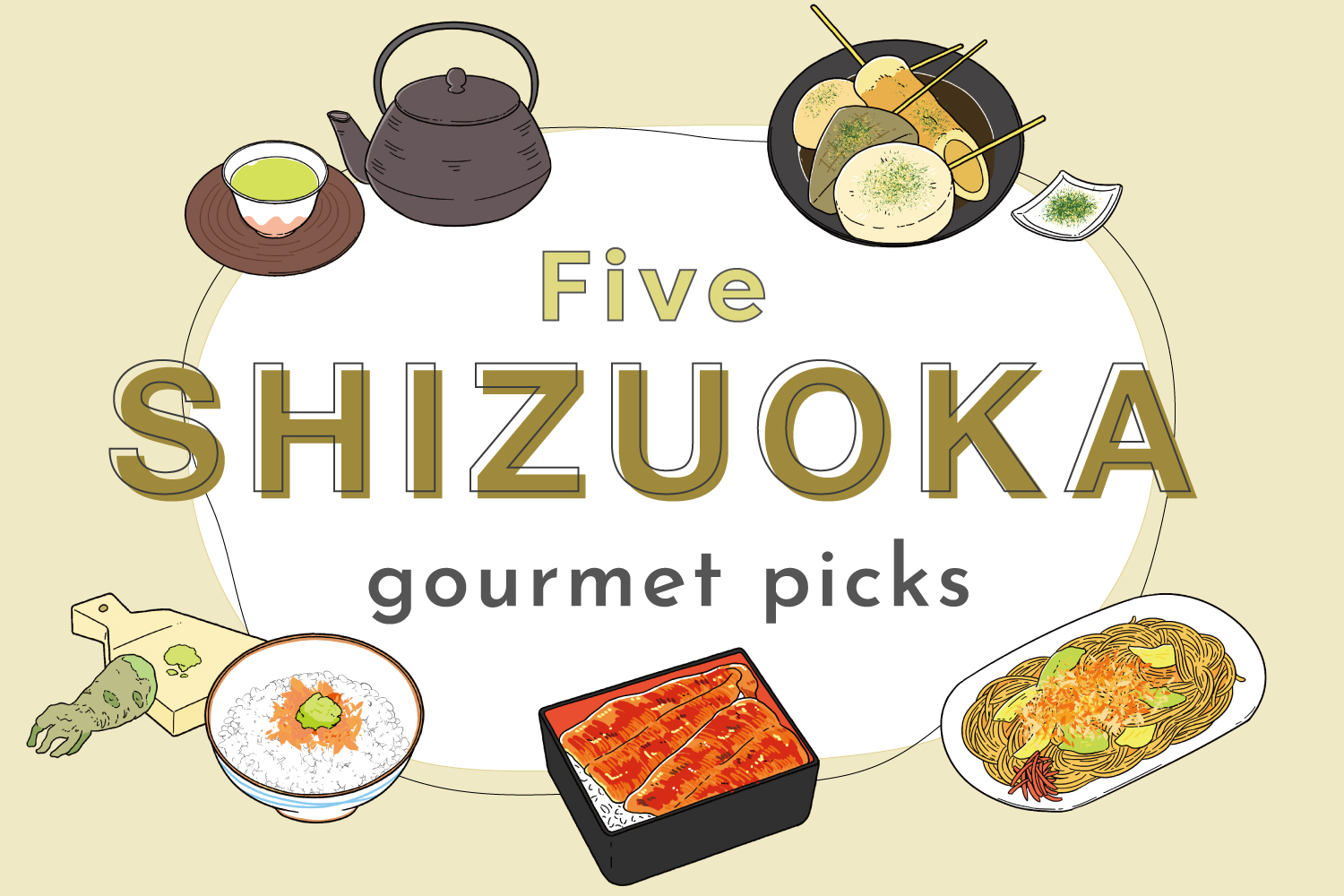
5 Local food in Shizuoka | Oden, Wasabi, Fujinomiya Yakisoba and more!
Shizuoka Prefecture is in the center of Japan, and is home to towering Mt. Fuji. The access to the Pacific provides a thriving fishing industry, creating products such as fish paste and dried bonito flakes. The other specialty products of the area are green tea and Wasabi.
share:
Table of Contents
Kabayaki in Kanto style or Kansai style? “Unagi”
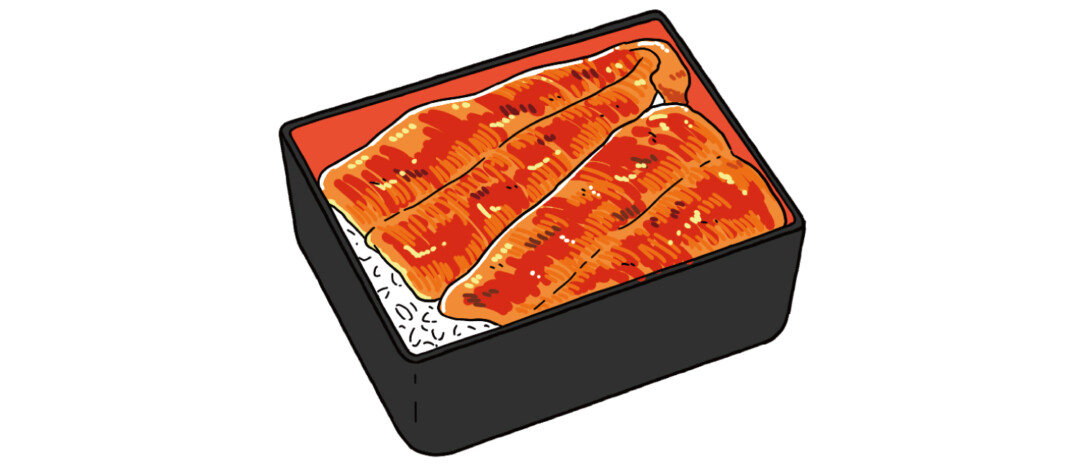
Unagi (eel) were caught in rivers around Shizuoka until around 1950. Eaten to prevent summer fatigue, farming began in 1891 in Kosai, a Shizuoka city. The two most popular ways to eat unagi is Kabayaki and Bokumeshi.
Kabayaki has two distinct styles, Kanto and Kansai styles. The Kanto style starts by broiling the fish with an open back. Then, the fish is marinated in sauce and finished off on a grill. The Kansai style skips the broiling process.
Bokumeshi was a dish the fish farm workers would eat during their break. It is made from fatty unagi that wasn’t used to sell. Nowadays, it can be found regularly.
Is Shizuoka Wasabi not as spicy?
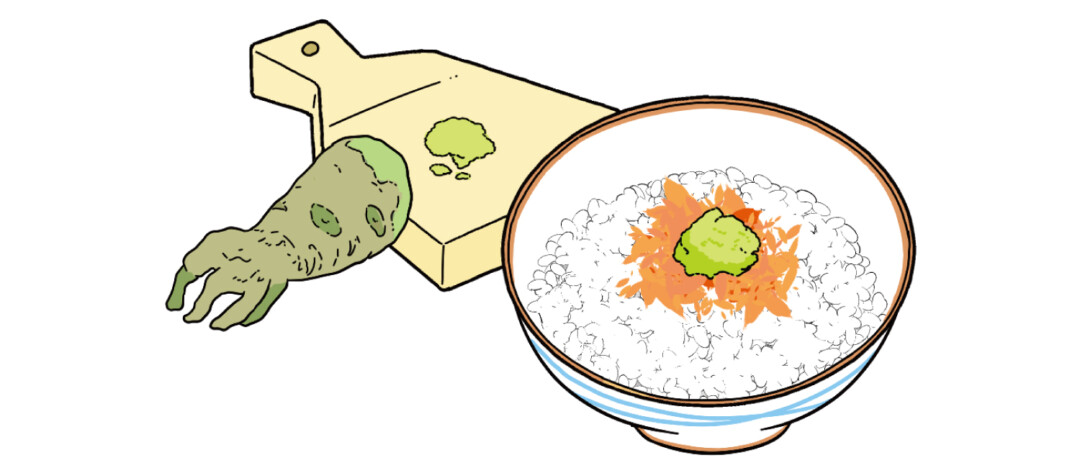
Shizuoka produces the most wasabi in Japan, and is cultivated in spring water from the mountains. To most people’s surprise, wasabi is not spicy when chewed as a complete root. Grating wasabi is what created the pungent and strong taste. As the wasabi is torn, an enzyme called myrosinase is released, causing a chemical reaction with sinigrin, resulting in a spicy taste. Wasabi, with the stem and peel removed, is slowly grated in a circular motion to produce its excellent flavor.
A black soup made of dark soy sauce! “Shizuoka Oden”

Shizuoka Oden is said to have been started during the Taisho era (1912-1926), when instead of discarding beef tendon and pork innards, people began creating a stew. Shizuoka Oden has a distinct black soup, caused by the beef tendon and dark soy sauce base. Since the Shizuoka fish paste products were plentiful, uncommon oden ingredients, such as sinew and black hanpen, were included. Oden is usually served on skewers and eaten with green laver or dashi powder. It can be found commonly in Shizuoka at candy stores and bakeries.
Roots in Indonesia! “Fujinomiya Yakisoba”
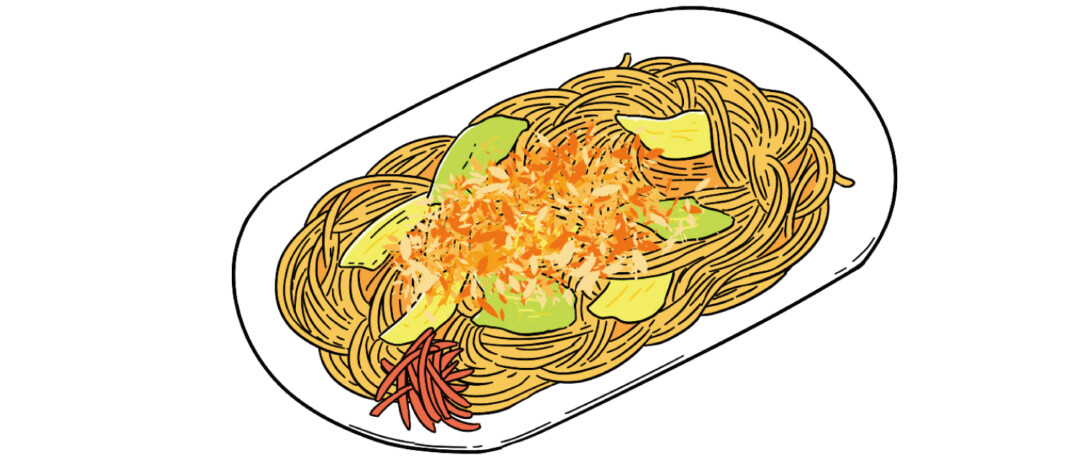
Fujinomiya Yakisoba began when the owner of a Fujinomiya city noodle factory attempted to produce Taiwanese beef noodle soup he had eaten in Indonesia. Today, it can be found in traditional candy shops and restaurants in Fujinomiya City. This special Yakisoba is made by Stir-fried steamed noodles, strained lard, cabbage, and seasoned with sauce. Fiannly, it is topped off with sardines or mackerel shavings.
April-May is the season for fresh green tea “Green tea”
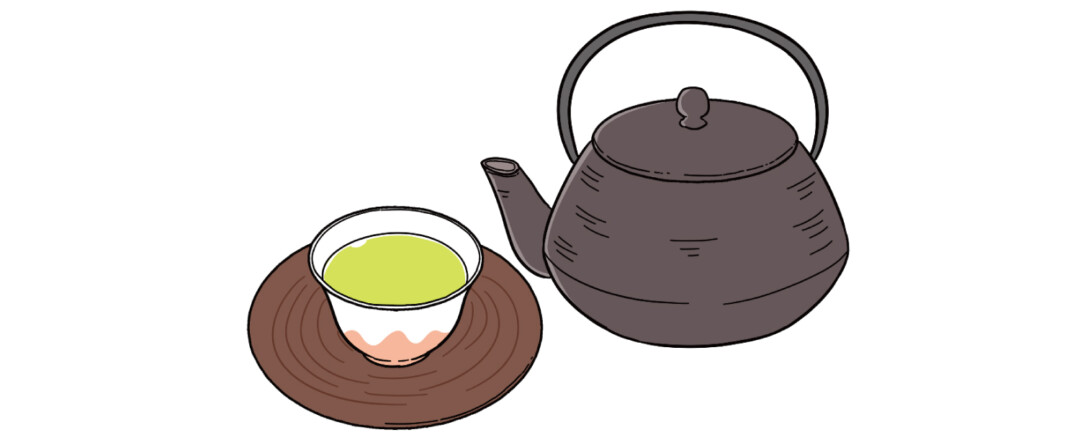
Green tea in the prefecture is known as “Shizuoka-cha” and is considered one of the top three green teas in Japan. It was cultivated by a Buddhist monk, Shoichi Kokushi traveling to China on a pilgrimage. The green tea is harvested in various regions of Shizuoka. Harvest season is from mid-April to mid-May. It has a strong sweet taste thanks to the nutrients stored during the winter. Many people look forward to the special flavor, as it is only available for a limited time each year.
share:










